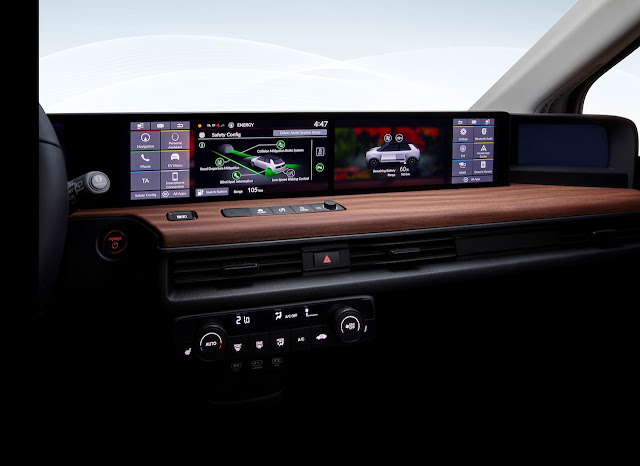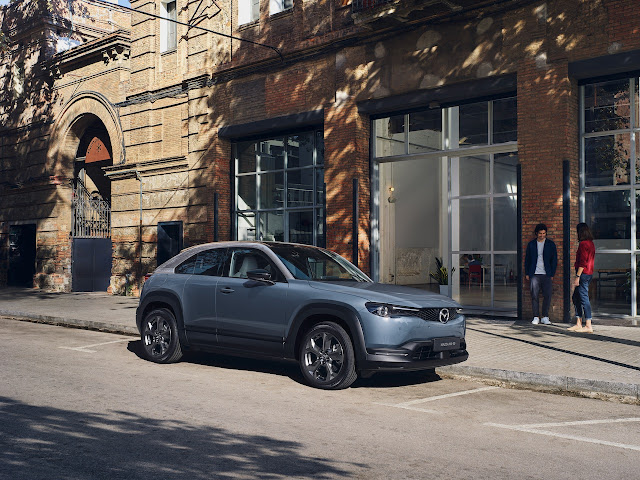At first, my reaction towards the new automotive era was no thanks, just give me a V8, or even better a V12. However, no-one can deny that electric cars is the future. And the future is not just a change in powertrain technology, it's also about sustainability and solving transportation problems, thus car sharing, autonomous driving and energy management are the things to follow.
EVs have additionally a benefit in terms of reliability, as electric motors are not just much more efficient, but also simpler and thus more reliable. However, battery technology is not up to speed at the moment. The analysis results of existing electric cars in use are encouraging in terms of battery durability and some manufacturers dare to offer even 10 years/1,000,000km warranty! I was recently reading an article about Nissan Leaf patrol cars in UK that are in service since 2016, and the only maintenance they have required so far was just replacing once the front brake pads.
It is true also that EVs bring benefits to manufacturers at the moment as well, as by dropping the CO2 emission levels in their line up, they have to pay less money to the EU. On the other hand, manufacturers still make most of money from each vehicle when that is equipped with an internal combustion engine.
Main constraints at the moment include battery cost (will need to drop below $100/kWh), weight, and of course fast charging. Another issue is the way to charge, as in many cases, especially if you live in an apartment with off street parking, charging your car when home is not really feasible... Even charging connectors are not standardised so far and thus there are over 5 different types.
Software is another aspect of modern vehicles that must be right and it's becoming even more important with EVs. As more and more functionality is being added, and the more autonomous kind of assistance is being introduced, good software is vital. Even basic things like correct battery charge management depends on software, thus having an impact not only on the experience, but also on the reliability of the vehicle.
And now perhaps the most critical issue. Driving range. If we consider that 18-20kWh are required to cover 100km, and the battery weight is around 0.15kWh/kg, you can easily understand that for covering 500km, the batteries will need to weight around 700kg! On the other hand, if we want to drive an EV, not just for the low cost and maintenance, but also as it is a solution for sustainability, using a huge powerpack is not the solution, as the bigger the batteries, the more CO2 emissions produced during production. For the future, fuel cell vehicles will likely be the solution for covering long distances, but having the appropriate infrastructure is more challenging than pure EVs.
Another drawback at the moment is the price tag for purchasing an EV. Most of the available models are over £40k (e.g. Tesla Model 3 with 254 mile range) and offerings from Audi, Jaguar etc start from over £60k. I did some basic calculations for my family, as soon we will need to buy a second car and we were considering a used car around £2,500. If though we buy an EV and use it as the main car for my daily commute, and the existing one as the second one, in six years time, an EV would break even if the tag price is £30k.
A 35-50kWh powerpack seems to be therefore the sweet spot based on the current battery technology, weight and vehicle price. Three cars have caught my attention as a result, Lexus UX300e, Honda e and Mazda MX-30. The first one will undoubtedly cost over £30k, but for sure it's going to have better build quality and a warranty to beat. So, in my case, this means that most suitable will be either the Honda, or the Mazda.
The Honda e looks amazing, combining retro looks, reminding me the N360, high tech inside, along with some really nice touches like the wood like trim. I am not sure if all those screens will be easy on the eyes, especially during night driving, but this car definitely gives you the feeling that this is the future. I am so glad that Honda decided to produce it, as it is a company that is innovative and it was about time to bring something out of the ordinary in the market. On the plus side is also that the rear wheels are driven and both axles are pushed towards the ends ensuring that it is going to be a fun little car.
Next is the Mazda MX-30. It makes more sense if you have a family, looks very good too and promises to drive well. Inside it looks more analogue and closer to what we have been used to. One disappointing thing is that the infotainment is using an 8.8" screen and it has a rotary selector for operating it, which seems a bit odd. For sure in terms of ergonomics, when driving, it is more convenient, but I would expect a touchscreen. When starting your journey and want to enter an address, having a keyboard is way more practical and honestly I cannot understand why they didn't include a touchscreen as well. Oh, Soul Crystal Red is another positive, as this colour looks simply fantastic. However, I have come across with complaints regarding excessive chipping and it's really a shame. I tried to find if there is any mention that Mazda has managed to resolve the issue (it has been reported mainly for 2017 and 2018 models), but haven't managed to find anything.
As soon as the lockdown is over and a test drive is available, I will take both of them for a spin and share my initial impressions :-)















0 件のコメント:
コメントを投稿